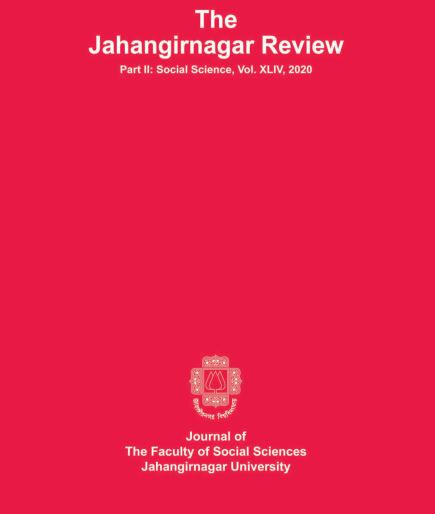Does Access to Safe Water and Improved Sanitation Facility Ensures Better Environmental Health Outcome? A CrossSectional Study on Rural Bangladesh
Main Article Content
Abstract
This study investigates the environmental health outcomes of better access to safe and improved water and sanitation facility using the Household Income and Expenditure Survey Dataset of Bangladesh. Applying a cross-sectional analysis, the study examines whether individuals with better access to improved water and sanitation facility are less exposed to water, hygiene and sanitation related diseases in rural Bangladesh. Econometric modelling was applied to identify the determinants of water, hygiene and sanitation related disease prevalence and how those two indicators influence the probability of disease prevalence. Besides, the study also investigates whether this probability varies across different income groups and regions. Results reveal that access to improved sanitation facility significantly reduces the disease prevalence rate, whereas access to safe water fails to show any significant effect. Moreover, the impact of sanitation is relatively more significant in lower-income groups. Among other variables, level of education, gender, and dwelling features significantly determine the probability of disease prevalence. A large regional variation is also prominent regarding both access to those facilities and environmental health outcomes.

